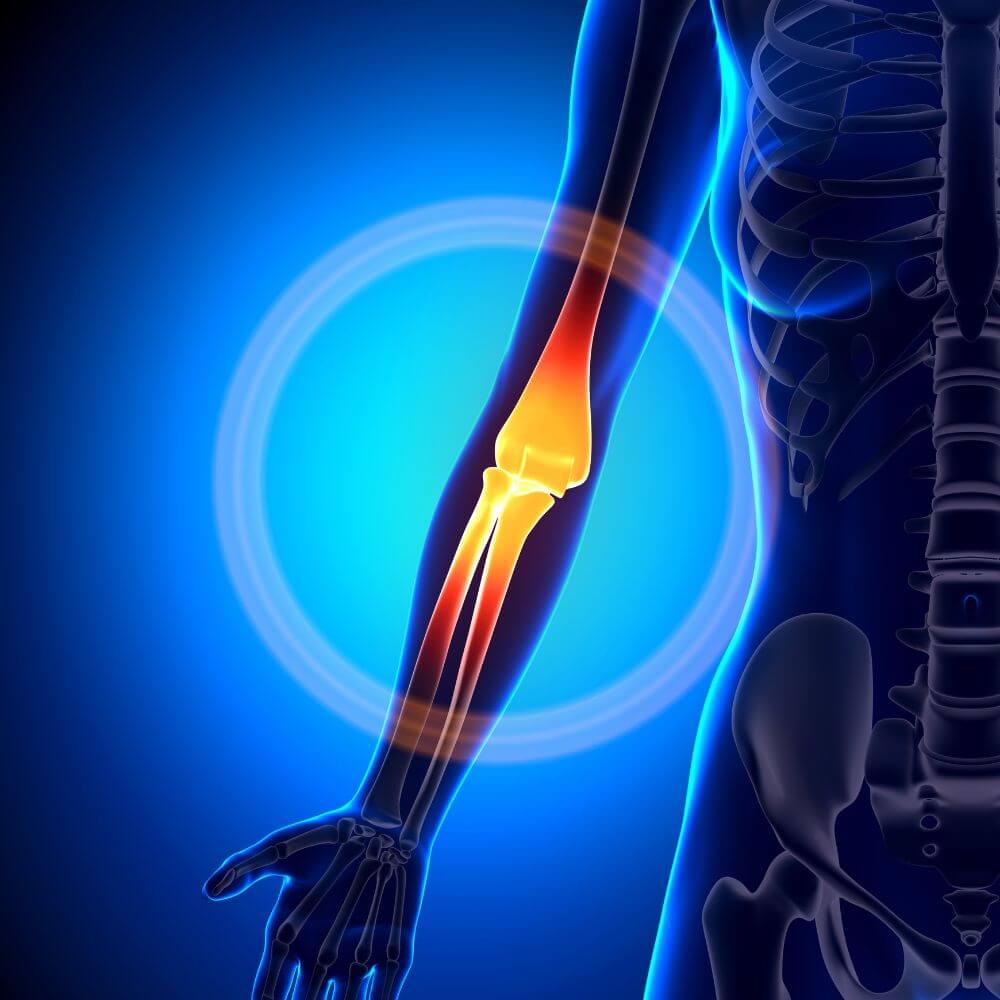
The golf course is your haven, a place where you can escape the stress of work and everyday life, a place where you enjoy a timeless love affair with nature, camaraderie, and your inner self. But what happens when the sting of golfers elbow rears its ugly head? That nagging pain is no joke and it can really throw off your swing and dampen your spirits. Rest assured, fellow golf lovers! Thanks to effective treatments and specially designed golf elbow exercises, we'll have you back to swinging with ease and comfort in no time.
You know, the alluring nature of the game of golf is that it can seem so serene, relaxing, and leisurely, yet it requires a masterful blend of strength, skill, and endurance. And that's where the stress on your elbows sneaks in. Overuse or poor technique can lead to inflammation in the tendons, manifesting as that annoying elbow pain - a condition the medical practice likes to refer to as Medial Epicondylitis. Not so pleasant when it's affecting your game, right?
While it may seem a significant setback, it could also be a long-term opportunity to strengthen your game. Think of trying to fix a major swing flaw like the dreaded slice. You need to understand what causes it before you can fix it.
Look at an ailment like golfers elbow in a similar fashion. See it as an opportunity to understand your body better and create an exercise routine that aligns with your passion for golf and improves your shortcomings. A blend of stretches for golfers elbow to increase mobility, exercises to strengthen your wrist, forearms, and upper body, and possibly some physical therapy could be the route to take. But here's a word of caution - some exercises might exacerbate your condition rather than alleviate it, so knowing which ones to avoid is crucial.
So get ready to dive into the world of golf exercises as we delve into the anatomy of golfers elbow, uncover the common causes of this annoying condition, and most importantly, reveal the best exercises for a swift recovery. Prepare to be amazed at how these simple, yet effective, exercises can dramatically improve your quality of life and get you back to playing your best golf. So, let's tee off toward a pain-free future!
Golfer's Elbow: The Facts Behind the Pain
Golfer's elbow, medically known as medial epicondylitis, is a form of tendonitis that causes pain and inflammation in the tendons connecting your forearm to the inner side of your elbow. This condition is often the result of repetitive use of the muscles and tendons in your forearm that control wrist and finger movements.
Think of it this way - when you overuse your wrist and arm to bend, grab or twist objects your elbow becomes inflamed causing pain that can stretch from the elbow to the wrist. Despite its name, golfer's elbow is not exclusive to golfers. It can affect anyone who repeatedly uses their wrists or clenches their fingers, including tennis players and those in certain occupations such as construction, plumbing, and carpentry.
Golfer's elbow is usually partial to the arm you use more frequently, so for the right-handed golfer it's your right arm. The condition often begins as a painful spot on the inner elbow, and this pain can then spread both up to the shoulder and down toward the wrist.
The Hidden Truths You Probably Didn't Know About Golf Elbow
- Tennis Elbow vs Golf Elbow: They are both types of elbow tendinitis. Golfers elbow affects the tendons on the inner side of the elbow - tendons dealing with flexion of the wrist. Tennis elbow causes pain on the outside of the elbow and forearm - the extension of the wrist.
According to the Cleveland Clinic:
- Medial Epicondylitis Affects: Less than 1 percent of the population
- The Average Age of Men and Women Affected: 45 to 64.
- Women Are More At Risk.
- The Cause: A surprising 90% of golfer's elbow cases stem from non-sport-related activities.
Well, we've discussed golfers elbow vs tennis elbow but we bet you haven't heard these names for medial epicondylitis: baseball elbow, forehand tennis elbow, and the oddest of them all, suitcase elbow.
Feeling the Burn: Unmasking the Symptoms of Golfer's Elbow
You know, golfer's elbow can be a bit sneaky - - it doesn't just show up overnight. Its symptoms can take a while to creep up - we're talking weeks or even months. Have you ever woken up and felt your elbow was a little bit sore? Could be nothing maybe you sleep a little funny or it could be the start of something. Just to be safe, here are the golfer's elbow symptoms to watch out for.
- Do you have a bit of a nagging pain in your forearm or wrist that seems to ramp up when you swing the golf club?
- Has your elbow forgotten how to bend properly?
- Is making a fist difficult and becoming painful?
- Is it getting harder to place a firm grip on the golf club - losing grip strength?
- Struggling to release the golf club - have your hands and wrists lost their mojo?
- Are you losing sensation in your fingers - feeling a bit of tingling?
Golfers Elbow Not Getting Better: Here Are the Reasons Why?
Now that we've defined this menacing condition, let's take a look at the common causes.
- Any activity involving a lot of gripping or wrist action can lead to this painful condition. It's those repetitive movements stressing out your forearm tendons.
- Poor technique in the golf swing could be creating too much strain.
- Bad Equipment: Perhaps your clubs are too heavy. It may be time for graphite shafts.
- Overuse: Typing for hours on end without taking a break, or hitting too many balls at the driving range - these can put your tendons under a lot of stress.
- Imbalance: Are some of your forearm muscles weak or tight while others are super strong?
- If you actively participate in throwing sports like football, softball, or disc golf, it could be bad form causing the elbow pain.
- Gym Rats: Be careful lifting those weights. Keep your wrist firm and stable. This will reduce extra pressure on your elbow. It's all about the correct form.
- Does your job require lifting? Maybe you're a waiter constantly carrying plates and trays. Take notice of how you do it - there's a right way and a wrong way.
- And for those hard workers in construction, plumbing, and carpentry - be mindful of those forceful, repetitive movements.
Stop The Pain: Golfers Elbow Stretches You've Been Waiting For
Golfer's elbow can be a real pain, it can even keep you off the golf course. However, the good news is that with the right exercises, you can relieve the discomfort and get back to swinging the club without any issues. Here are the best medial epicondylitis exercises that are not only effective but also easy to incorporate into your daily routine. Remember to start each exercise slowly and ease off if you start to feel pain.
- Wrist Flexor Stretch or Golfers Elbow Stretch:
- Extend your troubled arm in front of you, ensuring your palm faces outward.
- Bend your wrist in an upward direction, pointing your hand toward the ceiling.
- With your alternate hand, gently pull your wrist into a deeper bend until you register a mild to medium-intensity stretch in your forearm.
- Maintain this position for 15 to 30 seconds.
- Repeat this exercise 2 to 4 times.
- Wrist Extensor Stretch:
- Reach out with your affected arm, making a fist with your palm pointing downward.
- Bend your wrist, with your closed fist pointed downward.
- With your alternate hand, cautiously increase the bend in your wrist until you detect a slight to moderate stretch in your forearm.
- Maintain this position for 15 to 30 seconds.
- Do 2 to 4 more reps.
- Resisted Wrist Flexion Stretch:
- Sit leaning forward with a bit of space between your legs.
- Lay your affected forearm on your thigh, positioning your hand and wrist ahead of your knee.
- With your palm turned upward, grab the end of a resistance band, while the other end is secured under your foot.
- Slowly raise your wrist upward for a count of two, and then lower your wrist slowly for a count of five.
- Run through this sequence for a total of 8 to 12 repetitions.
- Forearm Extensor Stretch:
- Place your affected elbow at your side, bending it roughly 90 degrees.
- With your palm facing the floor, make a fist and gently bend your wrist down.
- While keeping your wrist bent, slowly extend your elbow, allowing your arm to hang by your side.
- Then rotate your fist outwards until your palm faces the side and you sense a stretch.
- Hold this stretch for 15 to 30 seconds.
- Do 2 to 4 reps.
- Resisted Wrist Extension Stretch:
- Position yourself sitting forward with your legs slightly spread.
- Rest the forearm that's been bothering you on your thigh with your hand and wrist ahead of your knee.
- Hold one end of a workout band with your palm facing downward, with the other end secured under your foot.
- Slowly bend your wrist upwards to the ceiling for a 2-count, then leisurely lower it back down for a count of five.
- Repeat this sequence for a total of 8 to 12 reps.
- Wrist Curls:
- Rest your forearm on a flat surface, with your hand hanging off the edge, palm facing skyward.
- Grab a 1-2 pound dumbbell
- With your forearm firmly on the table and your palm up, gradually lift and lower the weight.
- Do 8 to 12 reps.
- If you don't have a dumbbell, use something else that you can grip easily like a can of soda or bottle of water.
- Resisted Forearm Pronation and Forearm Supination:
- Sit comfortably with a forward lean and your legs slightly parted.
- Lay your troubled forearm on your thigh, positioning your hand and wrist in front of your knee.
- Grab the end of an exercise band with your palm facing towards the ceiling, placing your foot on the other end.
- Roll your palm inward and away from your thigh for a 2-second count, making sure to keep your wrist straight.
- Slowly bring your wrist back to the original position in a count of 5.
- Do 8 to 12 reps.
- Resisted Supination - switch arms this time with your palm facing down and rolling your palm outward.
- You can also do this stretch with a 1-2 pound weight instead of a resistance band.
The above exercises for medial epicondylitis were recommended by Kaiser Permanente. However, there are a few other exercises that can help - the neck stretch or head stretch, squeezing a stress ball, and doing finger stretches are just a few.
Remember, consistency is key when it comes to golfers elbow exercises. Make sure to keep up with these exercises and you'll be back on the golf course in no time!
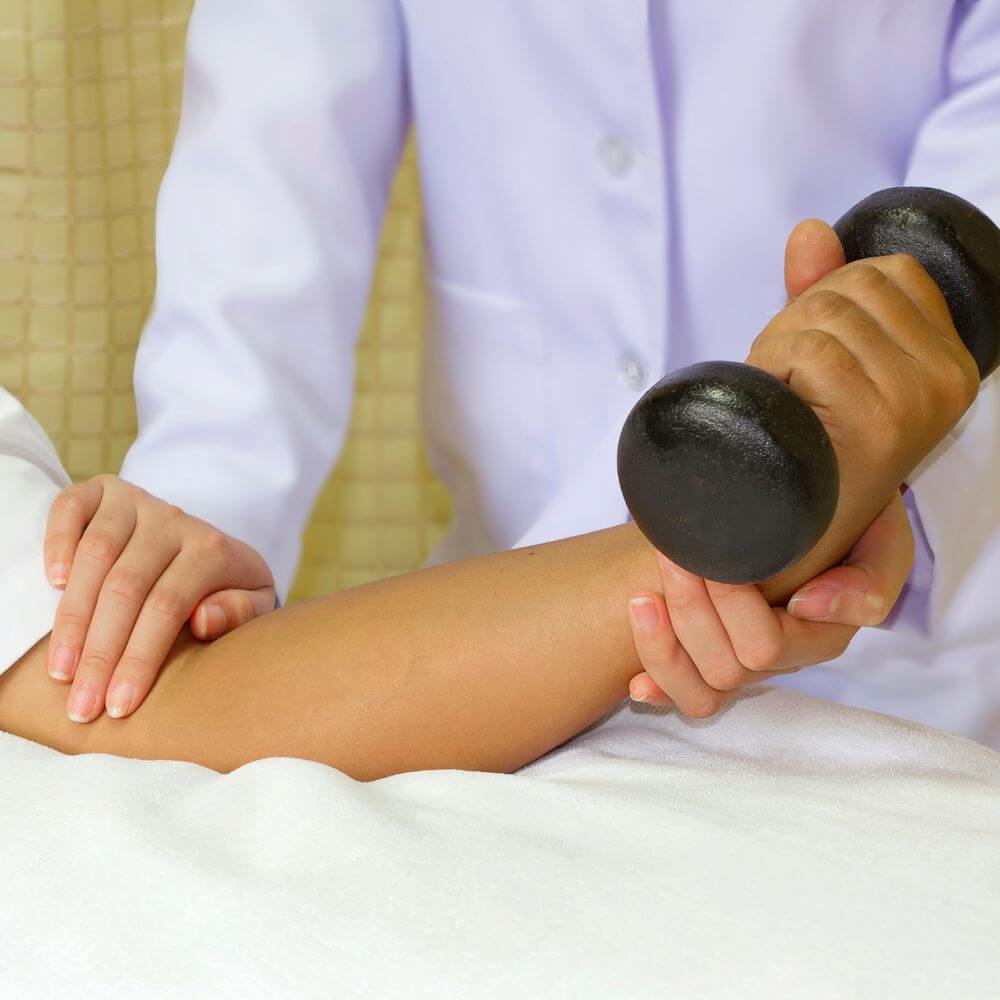
Hazard Alert: Exercises to Avoid with Golfers Elbow
Just as we talked about exercises for golf elbow there are also golfers elbow exercises to avoid. Here are a few to steer clear of.
- Weight Lifting: Heavy weightlifting, especially with poor form or technique, can increase stress on the tendons and muscles around the elbow. Avoid exercises like bicep curls, bench presses, lat pull-downs, and tricep extensions. and cable rows.
- Body Weight Exercises: Exercises like chin-ups or pull-ups might exert too much pressure on your elbow flexors, possibly leading to an increase in inflammation of your elbow's tendons. The same goes for push-ups and dips.
- Intense Grip Exercises: Activities that involve a strong grip or twisting of the wrist can lead to further pain and injury. This could include activities such as hammer curls or heavy racket sports.
- Repetitive Activities: Any exercise involving repetitive use of the wrist and forearm should probably be avoided. Rowing could be an example of this but that is debatable. Certain yoga poses that put a lot of weight on the hands and wrists should be avoided.
- Exercises Without Proper Warm-Up: Engaging in any physical activity without an appropriate warm-up can lead to injury, especially when you're already dealing with an issue like golfers elbow.
Instant Pain Relief: The Comprehensive Golfer's Elbow Self-Care Guide
Dealing with elbow pain is not fun, especially with your club tournament around the corner. So to help you out, we've outlined the perfect golfers elbow treatment program. Remember, taking a self-care approach is an empowering first step towards healing and can potentially ward off the need for more invasive methods like a golfer's elbow medical procedure or even surgery.
However, if your pain and tenderness persist despite rest, ice therapy, and diligently following our suggested exercise treatment for golfer's elbow, then it's time to consult your doctor. It's crucial to remember that while self-care strategies can be immensely effective, professional medical advice is essential when symptoms persist.
- Golfers Elbow Massage: Here's the cure to golf elbow that everybody is talking about. See it for yourself!
- Take a Break: Press the pause button on your golf game or any other activities that are hard on your elbow, at least until the pain eases off. Jumping back in too early might just make things worse.
- Golfers Elbow Ice or Heat: Chill out with ice therapy to start. Use ice packs on the elbow for about 15-20 minutes, multiple times a day, for a few days. Ice massages can also be beneficial. Once the inflammation is under control heat can help to relax and loosen tissues and stimulate blood flow to the area, which can accelerate healing and ease discomfort.
- Embrace the Brace: Consider wearing a counterforce brace or compression strap to lessen the strain on your muscles and tendons.
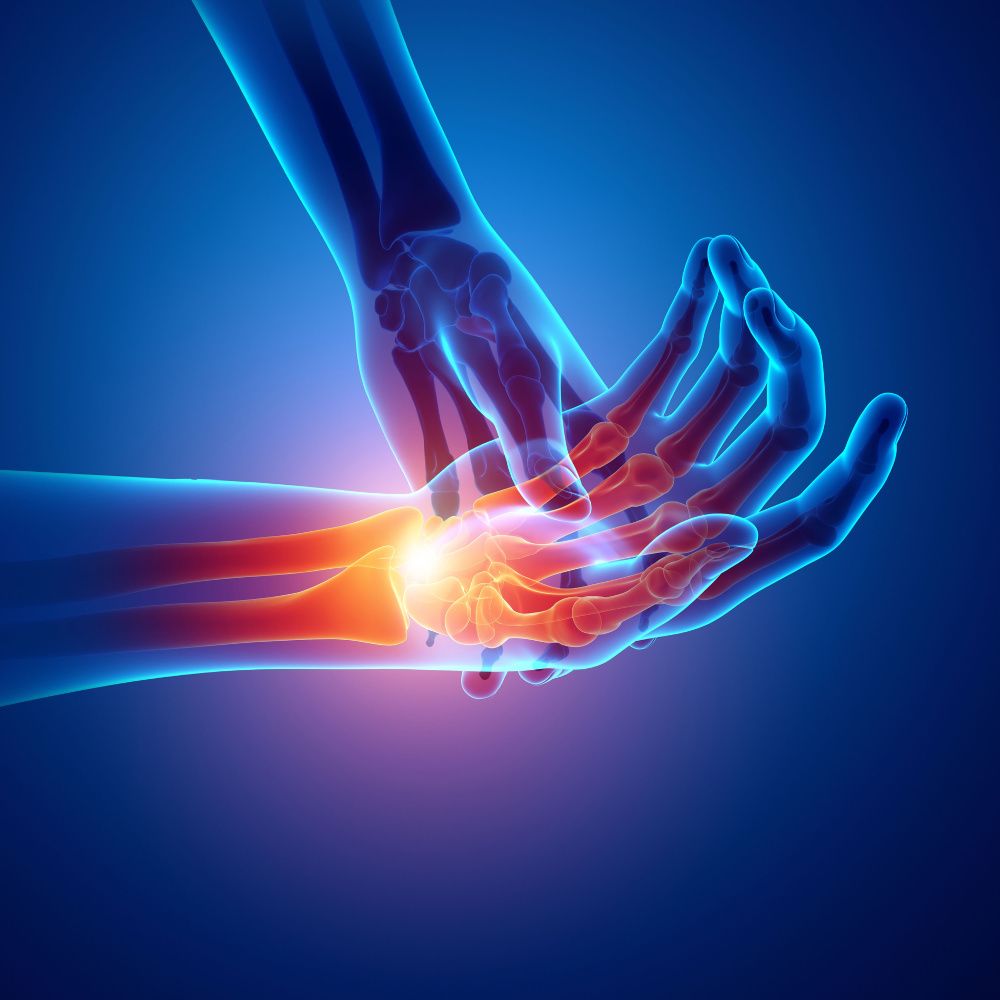
- Elbow Up: To prevent swelling, it's essential to keep your elbow elevated, ideally above your heart.
- DIY Relief: Have a go at self-treatment techniques like trigger point therapy, instrument-assisted tissue manipulation, or contract/relax softening. This type of physical therapy for golfers elbow is a little too technical for us, so check out Rehab Renegade.
The Final Stretch: Exercises For Golfers Elbow That Work
So there it is your complete guide to tackling golfer's elbow and swinging freely again. There's nothing pretty about a painful elbow and a wounded golf swing. But much like understanding your golf swing it's all about recognizing the root of the problem. What's the cause, what are the symptoms and how can you make it better?
We've given you a clear path to recovery through knowledge, exercise, patience, and persistence. It's now up to you to take control of your condition. We're confident with these tips you'll be back on top of your game and swinging pain-free.
Thanks for visiting. We can't wait to see you again!
"Keep it in the short grass"
Joseph
Struggling with a bad back, this will help.
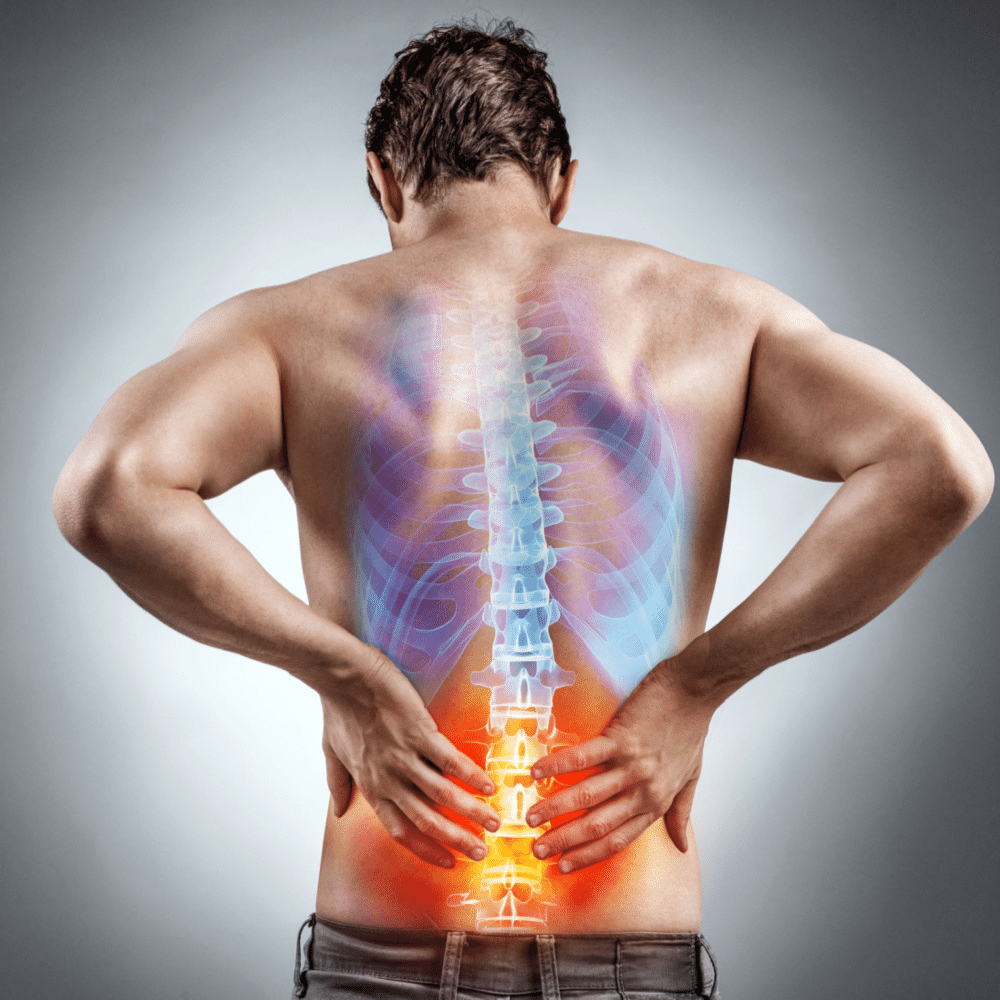
Are sore knees making it difficult to walk the golf course?
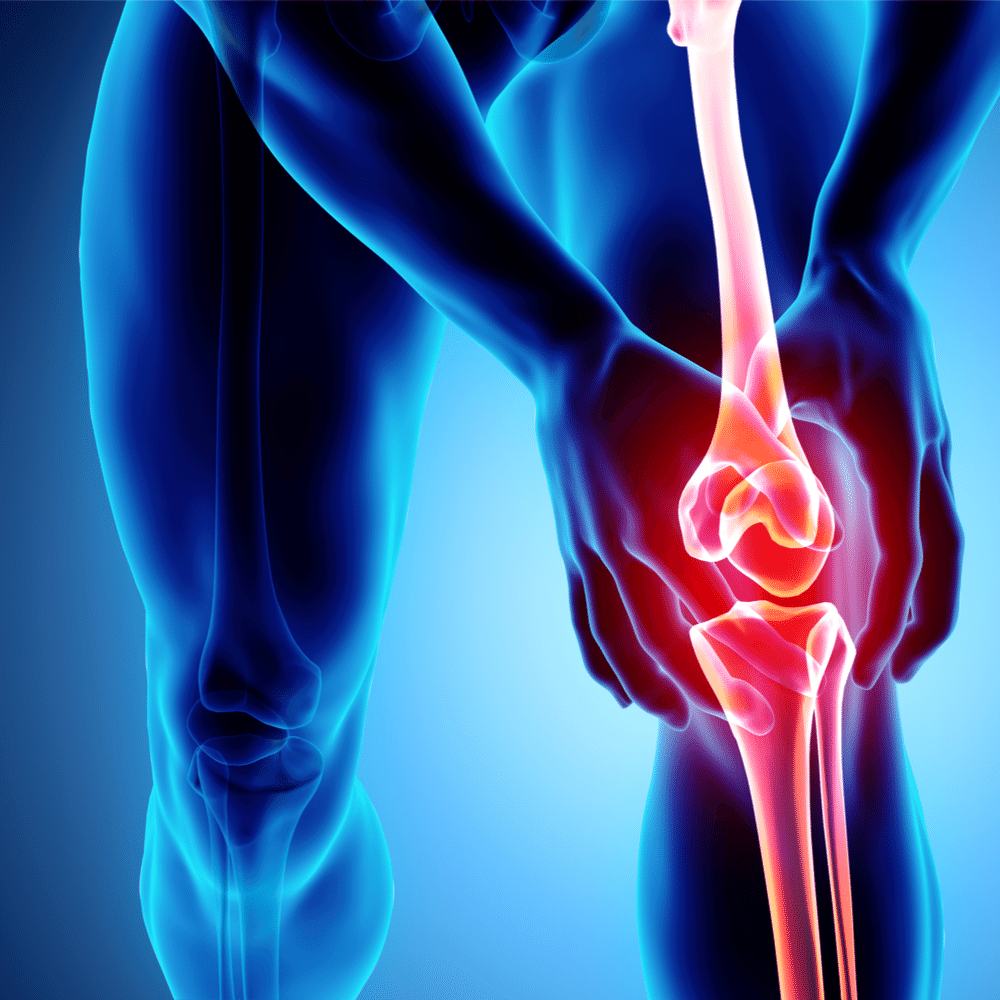

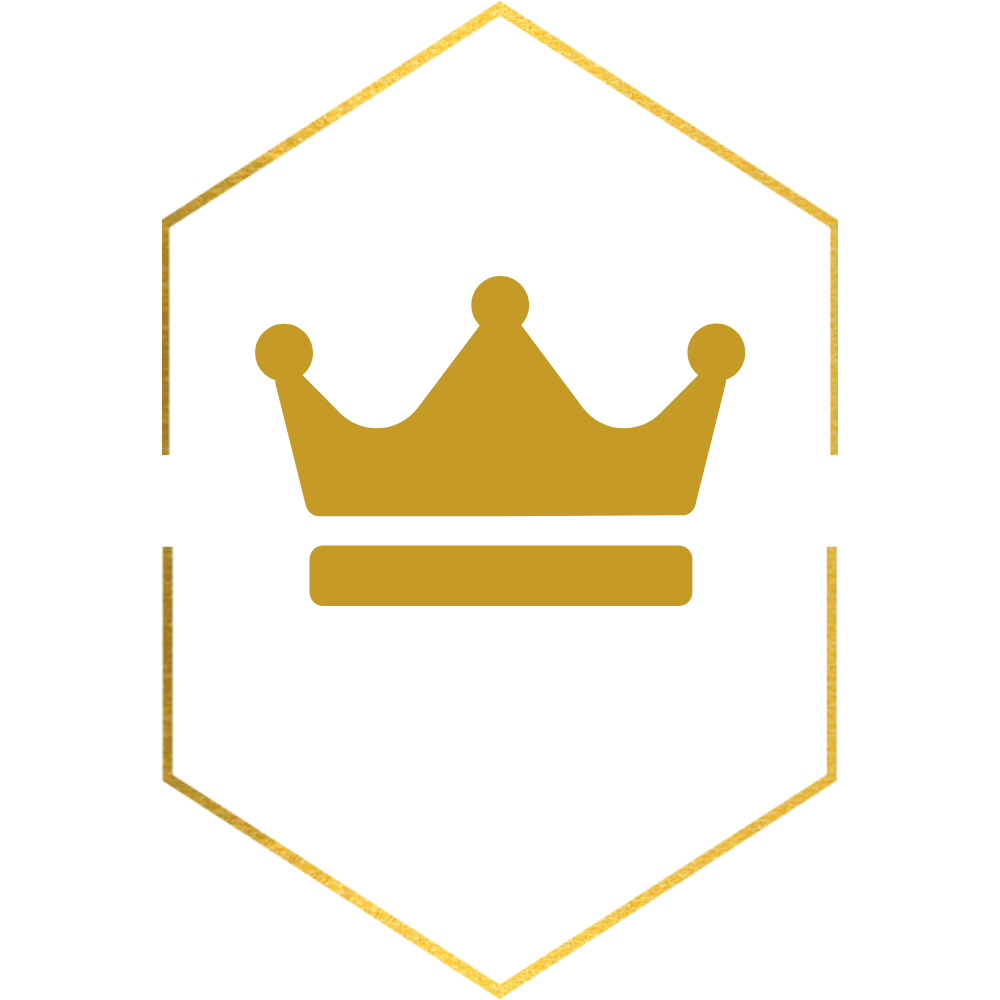

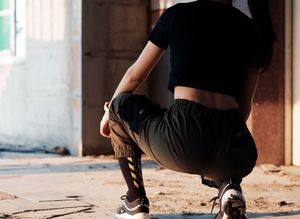



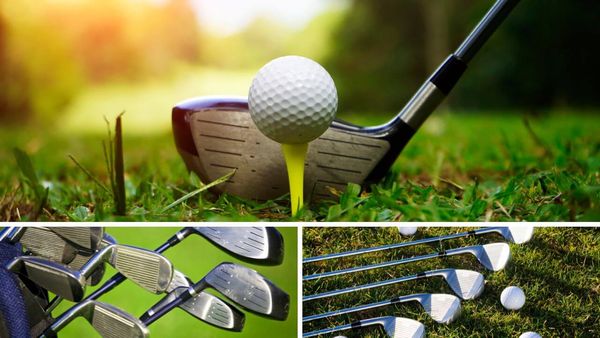
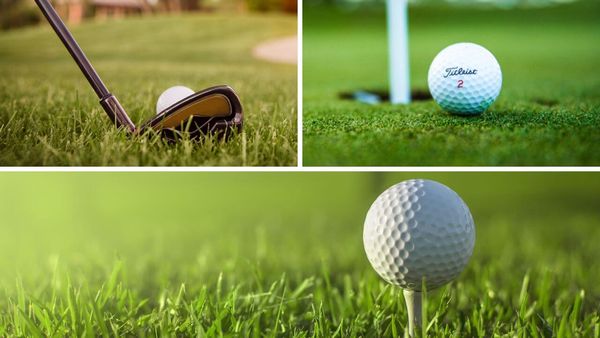
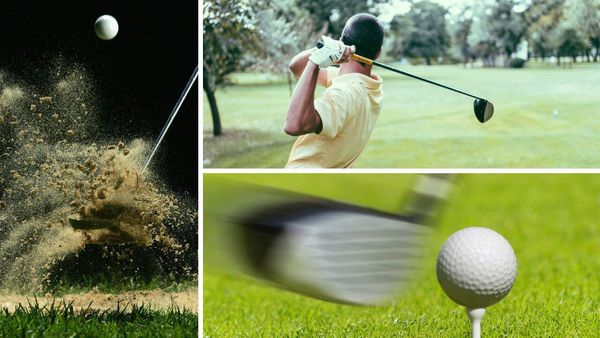
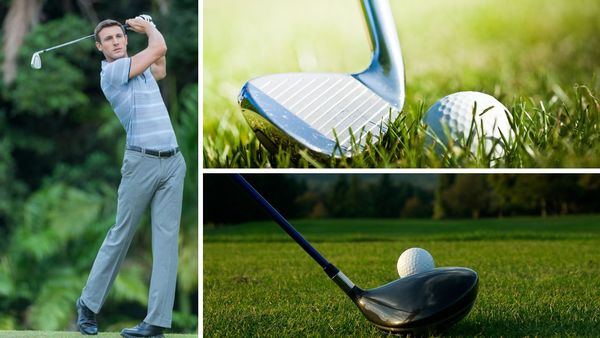
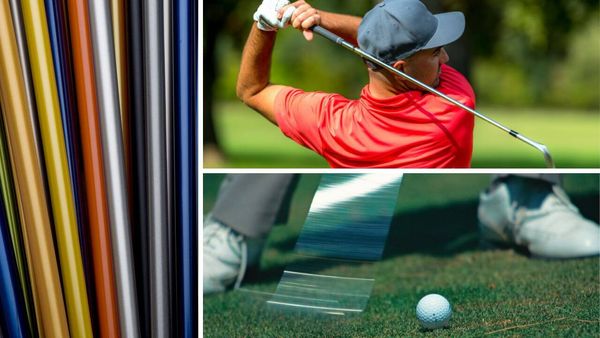
Member discussion